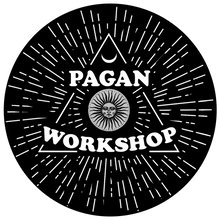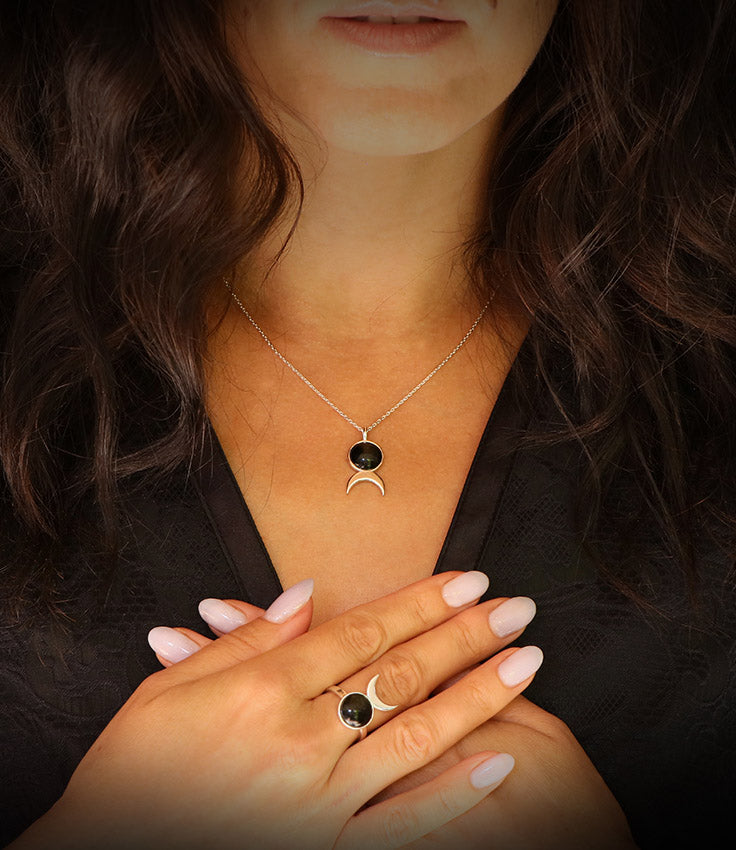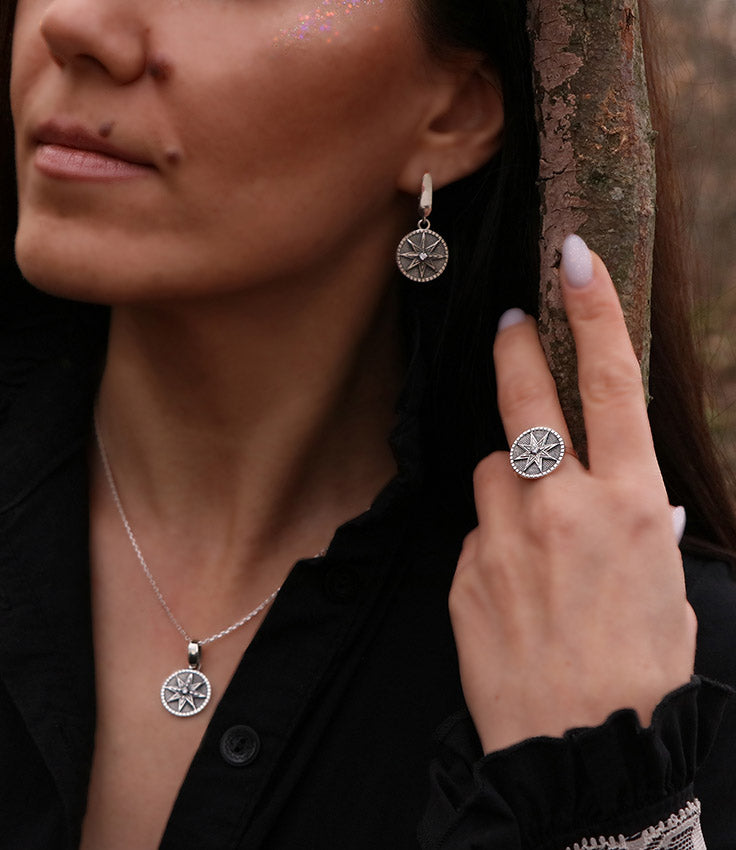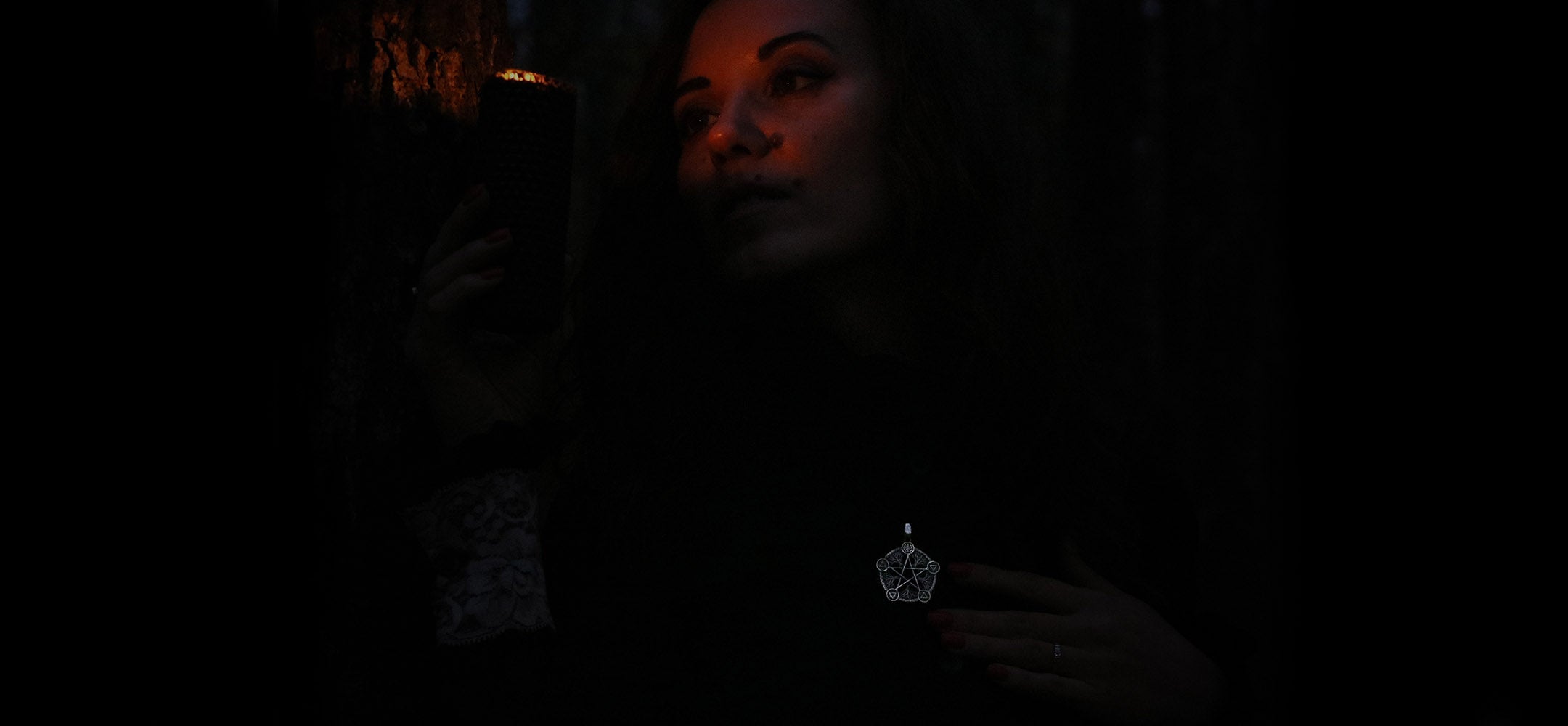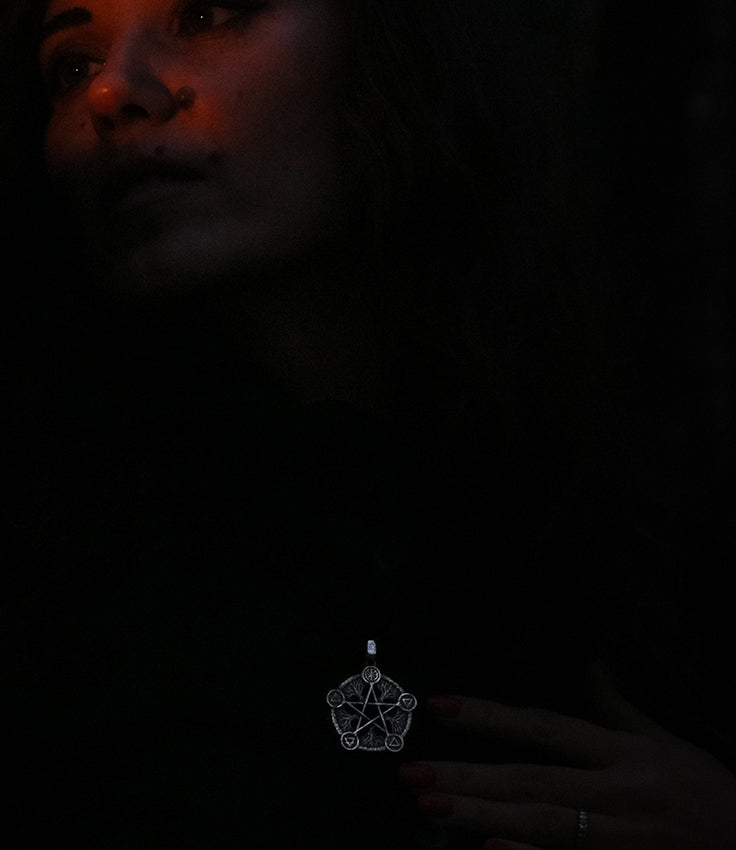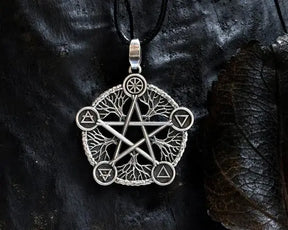Purification and Cleansing during Imbolc are central rituals that symbolize the transition from winter to spring, the renewal of life, and the preparation for the growing season ahead. Rooted in both practical and spiritual traditions, these rituals reflect the festival’s association with the Celtic goddess Brigid, who is linked to healing, fertility, and the home.
Historical Roots of Purification Rituals
In ancient Celtic traditions, Imbolc, celebrated on February 1st or 2nd, marked the midpoint between the winter solstice and the spring equinox. As a time of renewal, purification rituals prepared the community for the coming of spring and symbolized the clearing away of the old to make space for new growth. These practices are tied to agricultural cycles, as this was a period when herds were prepared for lambing, and farmers cleansed their tools and homes in anticipation of the fertile season.
Brigid, the goddess of fire, hearth, and healing, is a key figure during Imbolc. Her association with both literal and spiritual purification gave rise to rituals involving fire, water, and sacred objects.
Cleansing the Home and Hearth
One of the most important aspects of Imbolc purification is the cleansing of the home, especially the hearth. The hearth, considered the heart of the home, symbolized warmth, nourishment, and protection during the cold months. In many traditions, people would clean their hearths, scrub floors, and refresh the household after winter’s stagnation. This act of cleaning was both physical and symbolic, representing the clearing of stagnant energies and the welcoming of positive, revitalizing forces for the coming spring.
Many pagans today also observe Imbolc as a time to declutter their homes, organizing and refreshing their living spaces as a way to align with the season’s energies of new beginnings.
Fire Rituals for Spiritual Cleansing
Fire, being one of Brigid’s sacred elements, plays a key role in purification rites. The lighting of candles and fires during Imbolc symbolizes the return of light and warmth to the world, dispelling the darkness of winter. In ancient times, bonfires were lit on hilltops to honor Brigid, and people would carry torches through fields, invoking her blessings for a bountiful harvest.
Participants would also jump over small fires or pass between two flames in a rite of purification, a symbolic gesture of burning away negativity, illness, or any unwanted influences lingering from the winter months. Today, pagans and Wiccans may light candles or small ritual fires, using the flames to meditate on renewal and transformation.
Water and Spiritual Cleansing
Water is another important element in Imbolc purification rituals. Sacred wells and springs associated with Brigid were traditionally visited during Imbolc, as the water was believed to have healing and cleansing properties. People would make pilgrimages to these wells to drink or bathe in the water, or to sprinkle it around their homes for protection and purification.
Modern practitioners often create purification rituals using water, such as bathing in salt water or herbal infusions to cleanse both the body and spirit. This symbolic washing away of the old makes way for new, positive energy to enter. Cleansing baths with herbs like lavender, rosemary, or sage are common ways to embody the cleansing aspect of the festival.
Symbolic Offerings and Clearing Away the Old
During Imbolc, offerings are made to Brigid, often placed at sacred wells, altars, or outdoors. These offerings might include milk, butter, flowers, or bread, symbolizing nourishment and fertility. Some traditions involve the creation of a Brigid’s Cross, which is crafted from rushes or straw and placed over the hearth or doorways to protect the home in the year ahead.
Another key aspect is the burning or discarding of old, unneeded items. This may include symbolic objects or representations of past difficulties and burdens, offering them up to the flames or releasing them into the earth. The act of letting go of these items marks a spiritual cleansing and prepares individuals for a fresh start in the coming season.
Modern Adaptations
Today, purification and cleansing rituals during Imbolc have evolved into both personal and communal practices. Many pagans use the day as an opportunity for spiritual reflection, clearing their minds and bodies of negative energies. Meditation, journaling, and yoga are often incorporated into modern cleansing practices, allowing individuals to renew their spiritual intentions for the year.
Imbolc’s purification themes resonate with the natural desire to cleanse and refresh, whether through house cleaning, spiritual bathing, or meditative rituals. These customs honor the past while embracing the future, reflecting Imbolc’s spirit of rebirth and new possibilities.
